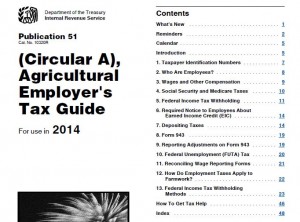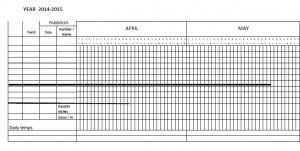Last week I had the opportunity to sit with 9 farm managers and business advisers to analyze 3 years of farm financial data for 25 farms. This meeting was closure on a three year research project coordinated by The Carrot Project and funded by Northeast SARE. The project set out to deliver financial education, measure financial performance and assist in planning for micro loans (under $25,000) with farm managers in New England.
How much money can a small vegetable farm owner expect to make? After looking at three specific sets of finances and combining that with the numerous farm financial statements I read every year for UVM Extension Farm Viability, I have observed a few key trends for small vegetable farms:
- Farm start up is driven by initial owner visions, resources at hand and easily accessible markets.
- Early market plans of direct sales (CSA, farmers market) mixed with direct wholesale (stores/restaurants) typically gets the business to about $35,000 – $50,000 in gross sales somewhat “easily”. At that point, the market mix is maxed out and it becomes difficult to expand. The business now needs a phase 2 market strategy.
- Owner operated produce farms can hit $30-40,000 in annual sales with one full time equivalent/FTE (the owner) working seasonally. During this phase, the owner may be able to pay themselves up to 20%-30% of gross sales from cash flow if costs are managed well… that equals a paycheck of maybe $10,000 not including equity generation as assets are acquired and paid for.
- To grow past $40,000 in sales, hired labor is required. This paid labor will require cash that typically leaves an owner unable to pay themselves from the business. I advise managers to find ways to leap-frog or grow through the $40,000-$80,000 scale as fast a possible. It’s a tough scale to operate at.
- As the produce business hits the $80,000 – $125,000 scale, many of the blips of start up have passed. The farm is in Phase 2 of marketing, usually including a reduced amount of direct sales and a specialization of few key crops for wholesale. A small but manageable labor force (and formula) is in place.
- Here are some benchmarks at this scale: try to keep hired labor at 30-45% of gross sales, capital expenses or debt service will range from 10-20% of gross sales (largely depending on how the real estate is being paid for) and owner draws might be about 25% of gross sales.



